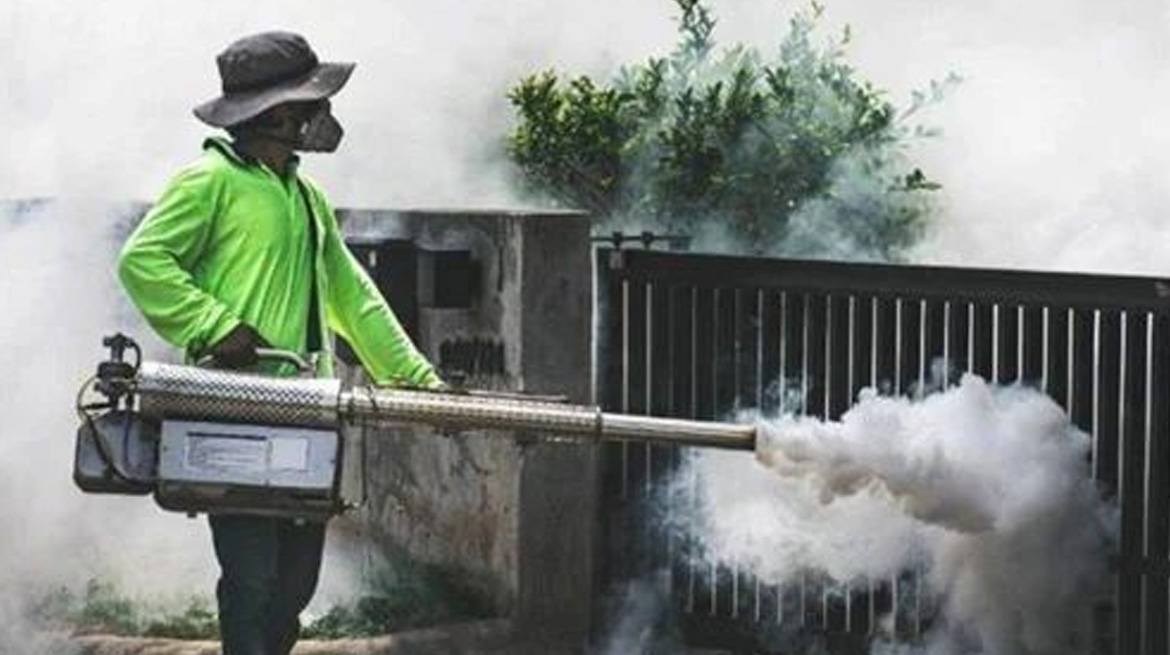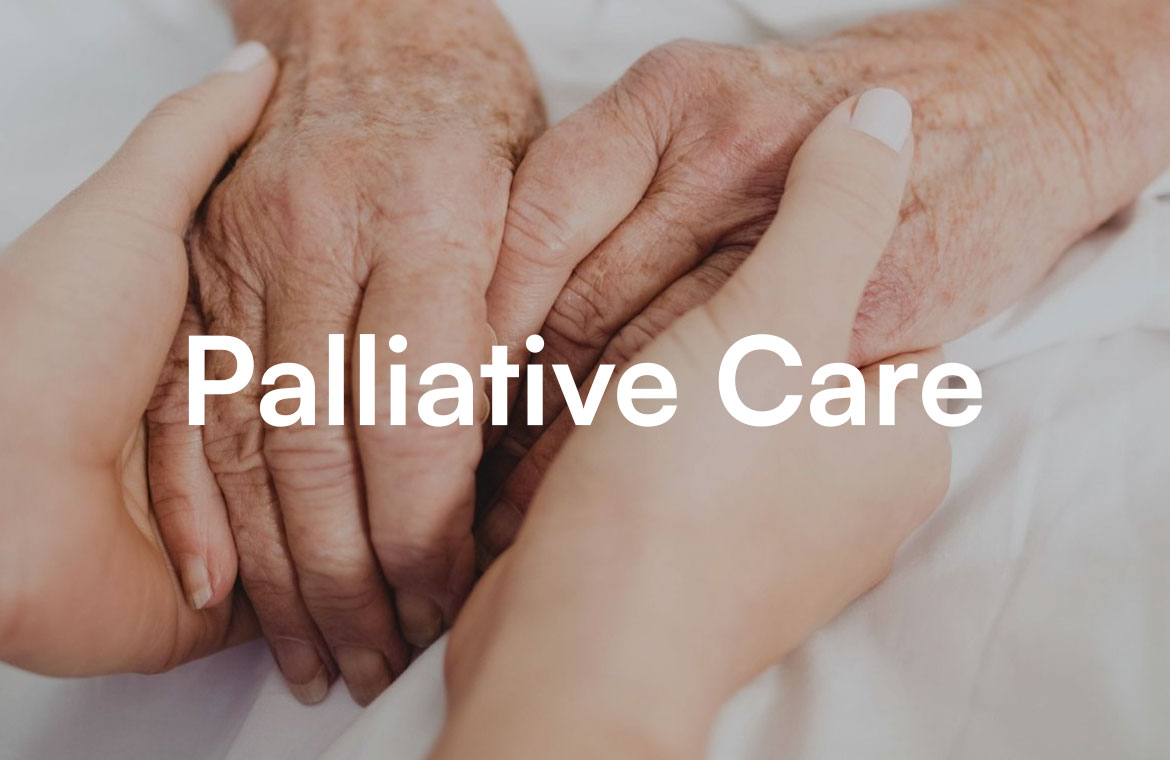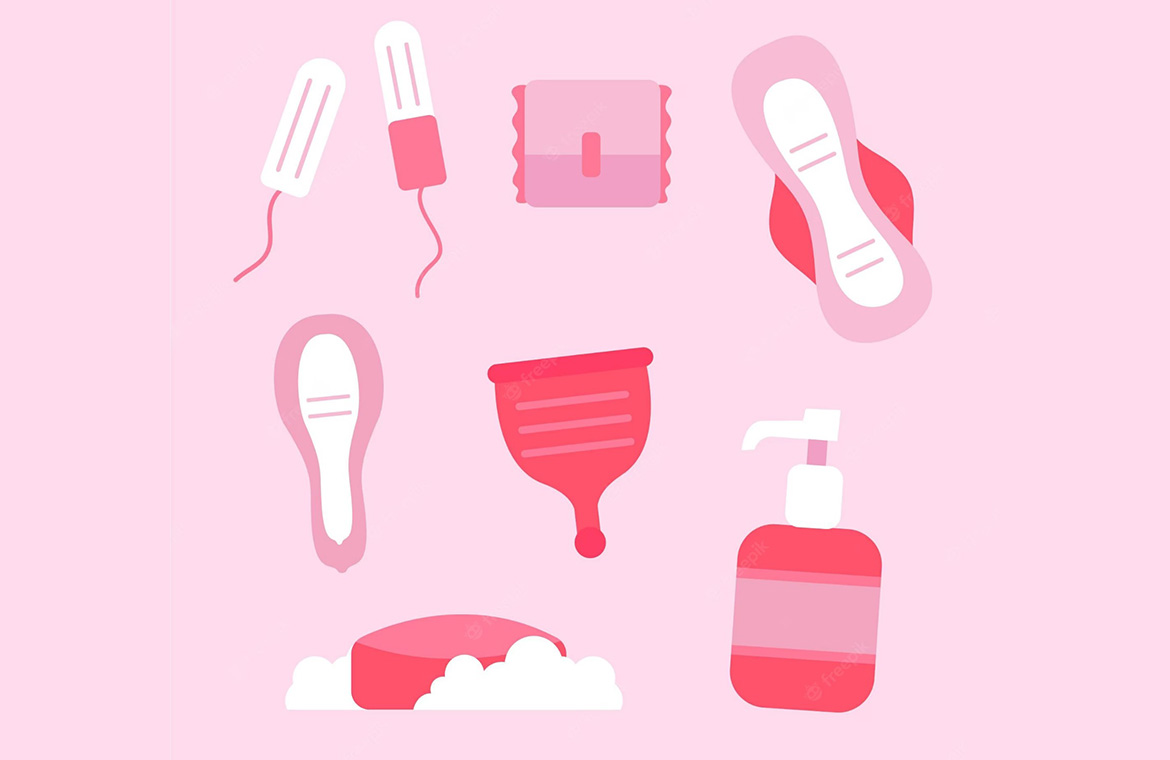I remember I was 12, grumbling to my mother about the relentless fogging in our neighbourhood that week. As soon as we smelled the distinct pungent smell, my brother and I would sneak up to the loft on the third floor, waiting for the fog to clear like a couple of snobs. It kind of turned into an exciting routine for us.
The fog had never bothered us before, or maybe we just ignored it. But this week felt unique. It began with some lady workers visiting our home, asking my brother and me if we’d had any fever and some other questions. Curious, we asked why they suddenly cared about us catching a fever. I don’t remember all she said, but I remember one word: “Malaria”. Later, our mom explained it had to do with mosquitoes biting. And the fogging somehow made the mosquitos run for their lives. That same day, we heard that a friend, three houses down, was hospitalised with it. The whole neighbourhood soon began welcoming the fog, stepping willingly into its dense embrace rather than fleeing from it. My brother and I felt a strange, renewed sense of relief as though we were cloaking ourselves in a protective, silvery elixir, a shield against unseen “bite-fixated mosquitos”.
We started sleeping in mosquito nets and wore full pants when playing outside at dusk. Although our mom had told us to do these things on and off, after this, it became a habit.
For years, until I studied Malaria in medical college, my understanding of it was simple: mosquito bites cause malaria. It causes fever, is uncomfortable and makes one miss school for quite a long time. For a preteen, I would say my understanding was very practical.
We often think of health in terms of doctors, stethoscopes, needles, hospitals; the usual suspects. Rarely do we think of the fogging, the midday meals, school health checkups, or the oral polio drops. These moments blend into everyday life because they prevent us from suffering. Public health is woven into our routines, as an invisible presence.
How oblivious I was to those working in the background to keep my community healthy!
We often overlook this unseen shield laid out for us. When reading policy documents full of elaborate strategies, IEC, BCC, and other technical jargon, it’s easy to wonder if they translate into action. That’s when we forget these small encounters with healthcare workers during pulse polio drives or fever surveys.
Another example came to mind after joining residency—the “Mahila Mandal” my mom was part of once helped resolve a waste-water issue in our area. During one rainy season, a sewer clogged, causing an awful odour. The local “Nagar-sevak”, well-respected and actively engaged in the community, had a strong connection with groups like the Mahila Mandal. They drafted a letter, with my father typing it out in Marathi, and presented it to him. Within two or three days, the sewer was fixed, and the stench was gone.
Looking back, I admire how these community engagements created connections that made a difference. I now see how public health is interwoven with such interactions. It isn’t just one thing or another; it’s everything, a nuanced field that approaches the whole by addressing each part.
While working in the community, we often see it through a doctor’s eyes. It’s how we’re trained, but sometimes, it blinds us to the real challenges the community faces. When we talk about “health-seeking behaviour,” this perspective limits us to focusing on disease causation and severity.
However, medical anthropologists argue that people/communities are empirical and pragmatic, not unscientific or irrational. They make healthcare decisions based on the resources they have. This is where public health steps in, transforming unfelt needs into felt needs and making healthcare accessible.
For a couple of preteens, all this was far beyond the textbook’s knowledge. It took me a decade to truly understand that fogging wasn’t a nuisance but a way to prevent a much bigger problem from reaching us.
In time, the fogging became a routine, but its memory lingered in my mind as a reminder of battles waged quietly in the air we breathed. Each wisp of fog left behind, became a symbol of unseen hands at work, of quiet shields raised for our protection. Public health was as much about the invisible fog that kept us safe as it was about the visible care we often took for granted.





Very nicely put
Very nicely put!